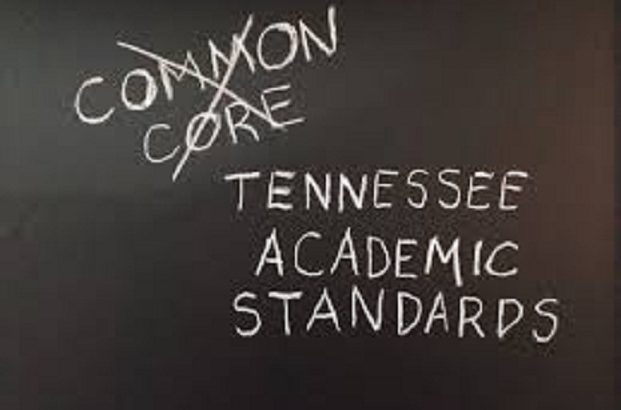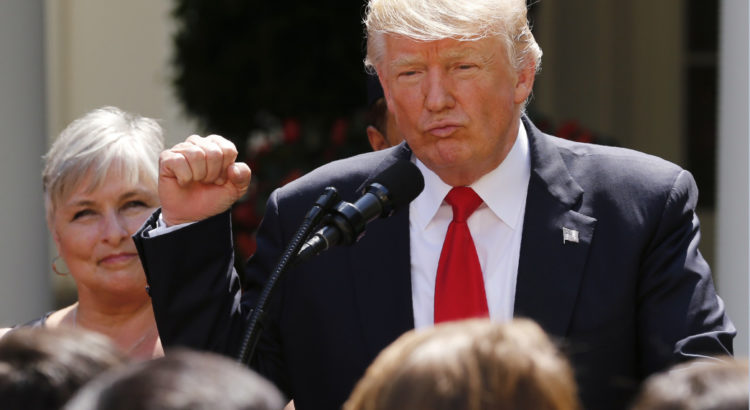Por: Tendencias 21
Observada al detalle una de las explosiones más poderosas del universo
Los secretos que rodean la creación de un agujero negro han sido desvelados durante la observación de una de las explosiones más poderosas del universo, los estallidos de rayos gamma. Las observaciones desvelaron algunas de las incógnitas sobre el proceso por el que una explosión de rayos gamma evoluciona a medida que una estrella moribunda colapsa para convertirse en un agujero negro.
Los estallidos de rayos gamma son unos de los eventos más enérgicos y explosivos del Universo. Son tan efímeros, desde unos pocos milisegundos hasta aproximadamente un minuto, que observarlos con precisión ha sido, hasta ahora, una tarea compleja.
Utilizando varios telescopios terrestres y espaciales, entre ellos el telescopio robótico MÁSTER-IAC, de la Universidad Estatal de Moscú, ubicado en el Observatorio del Teide (Tenerife), un equipo internacional liderado por la Universidad de Maryland (UMD), de Estados Unidos, y en la que han participado investigadores del Instituto de Astrofísica de Canarias (IAC), ha observado con un detalle sin precedentes una de estas explosiones. Los resultados se publican en la revista Nature.
El evento, denominado GRB160625B, reveló detalles clave sobre la fase inicial de la explosión de rayos gamma y la evolución de los grandes chorros de materia y energía que se forman como resultado de la misma.
«Las ráfagas de rayos gamma son eventos catastróficos, relacionados con la explosión de estrellas masivas de unas 50 veces el tamaño de nuestro sol», explica Eleonora Troja, investigadora en el Departamento de Astronomía de la UMD y autora principal del estudio.
«Si clasificamos todas las explosiones del Universo según su energía, los estallidos de rayos gamma estarían justo detrás del Big Bang. En cuestión de segundos, el proceso puede emitir tanta energía como el Sol en toda su vida. Por ello, nos interesa mucho conocer cómo suceden estos fenómenos».
Las observaciones desvelaron algunas de las incógnitas sobre el proceso por el que una explosión de rayos gamma evoluciona a medida que una estrella moribunda colapsa para convertirse en un agujero negro.
En primer lugar, los datos sugieren que el agujero negro produce un fuerte campo magnético que inicialmente gobierna los chorros de emisión de energía. Después, cuando el campo magnético disminuye, la materia toma el control y comienza a dominar los chorros.
La mayoría de especialistas en rayos gamma sostenían que los chorros se regían por la materia o por el campo magnético, pero no por ambos. Ahora, los resultados de esta investigación, publicados mañana en la revista Nature, sugieren que ambos factores juegan un papel fundamental.
Nacimiento de agujeros negros
«Pocos segundos después de la detección de una explosión de rayos gamma por el satélite Fermi de la NASA, el telescopio robótico MASTER-IAC comenzó a observar en el visible este fenómeno tan energético que apenas dura unos segundos y nos ha permitido medir la polarización de la radiación emitida y conocer así la naturaleza de los procesos físicos involucrados», explica Rafael Rebolo, director del IAC y uno de los autores de este trabajo.
«En el futuro -añade-, con los telescopios de la red de telescopios CTA (Cherenkov Telescope Array) que se instalarán en La Palma se podrá observar con más detalle este tipo de fenómenos de muy alta energía vinculados con la formación de agujeros negros».
Los datos sugieren que la radiación sincrotrón -cuando los electrones se aceleran en una trayectoria curva o espiral- activa la fase inicial y extremadamente brillante de la ráfaga, conocida como la fase «rápida».
Se consideraron durante mucho tiempo otros dos candidatos principales, además de la radiación sincrotrón: la radiación del cuerpo negro, fruto de la emisión de calor de un objeto, y la radiación Compton inversa, que se produce cuando una partícula acelerada transfiere energía a un fotón.
«La radiación sincrotrón es el único mecanismo de emisión que puede crear el mismo grado de polarización y el mismo espectro que observamos al principio de la explosión», apunta Elena Troja.
«Nuestro estudio proporciona pruebas convincentes de que la repentina emisión de rayos gamma es impulsada por la radiación sincrotrón. Este es un logro importante porque, a pesar de décadas de investigación, el mecanismo físico que impulsa los estallidos de rayos gamma aún no había sido identificado con exactitud».
Fermi, el Telescopio Espacial de Rayos Gamma de la NASA, fue el primero en detectar la emisión de rayos gamma de GRB160625B. Poco después, MASTER-IAC, de la red de telescopios robóticos MASTER, cuyo principal investigador es Vladimir Lipunov, de la Universidad Estatal de Moscú (Rusia), siguió con observaciones en el rango visible mientras la fase de alerta seguía activa.
MASTER-IAC recopiló datos sobre la cantidad de luz visible polarizada en relación con la luz total producida durante el rápido estallido. Debido a que la radiación sincrotrón es uno de los fenómenos que pueden polarizar la luz, los datos proporcionan el vínculo crucial entre la radiación sincrotrón y la fase inicial de la explosión de rayos gamma.
Un campo magnético también puede influir en la cantidad de luz polarizada que se emite a medida que pasa el tiempo y la ráfaga evoluciona. Debido a que fueron capaces de analizar los datos de polarización durante casi todo el estallido de la ráfaga, pudieron discernir la presencia de un campo magnético y observar cómo cambiaba según GRB160625B continuaba expulsando los chorros de materia.
“Significant and variable linear polarization during the prompt optical flash of GRB 160625B”. Nature 547, 425–427 (27 July 2017) doi:10.1038/nature23289














 Users Today : 19
Users Today : 19 Total Users : 35460710
Total Users : 35460710 Views Today : 39
Views Today : 39 Total views : 3419863
Total views : 3419863